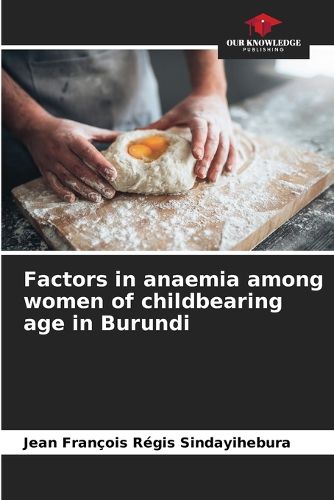Readings Newsletter
Become a Readings Member to make your shopping experience even easier.
Sign in or sign up for free!
You’re not far away from qualifying for FREE standard shipping within Australia
You’ve qualified for FREE standard shipping within Australia
The cart is loading…






Anemia among women of childbearing age in Burundi doubled in prevalence between 2010 and 2016-2017. Constant this evolution contrary to the SDGs and global nutrition targets, this study aims to explore the associated factors. It exploits data from the Burundi Demographic and Health Survey (EDSB III), carried out in 2016-2017. It uses descriptive and explanatory analyses. The results show that the main factors influencing anemia in women are education level, household standard of living and province of residence. These results point to the problem of female education in general, and nutritional education in particular. They also show the challenges imposed by household poverty and the low capacity for community resilience in the face of food shortages. Thus, the continuation of the primary education program for all, as well as the enrolment of girls in school, strategies to increase resilience in provinces hit by climatic hazards, support for rural women's associations, etc. seem to be the best ways to fight anaemia effectively.
$9.00 standard shipping within Australia
FREE standard shipping within Australia for orders over $100.00
Express & International shipping calculated at checkout
Anemia among women of childbearing age in Burundi doubled in prevalence between 2010 and 2016-2017. Constant this evolution contrary to the SDGs and global nutrition targets, this study aims to explore the associated factors. It exploits data from the Burundi Demographic and Health Survey (EDSB III), carried out in 2016-2017. It uses descriptive and explanatory analyses. The results show that the main factors influencing anemia in women are education level, household standard of living and province of residence. These results point to the problem of female education in general, and nutritional education in particular. They also show the challenges imposed by household poverty and the low capacity for community resilience in the face of food shortages. Thus, the continuation of the primary education program for all, as well as the enrolment of girls in school, strategies to increase resilience in provinces hit by climatic hazards, support for rural women's associations, etc. seem to be the best ways to fight anaemia effectively.